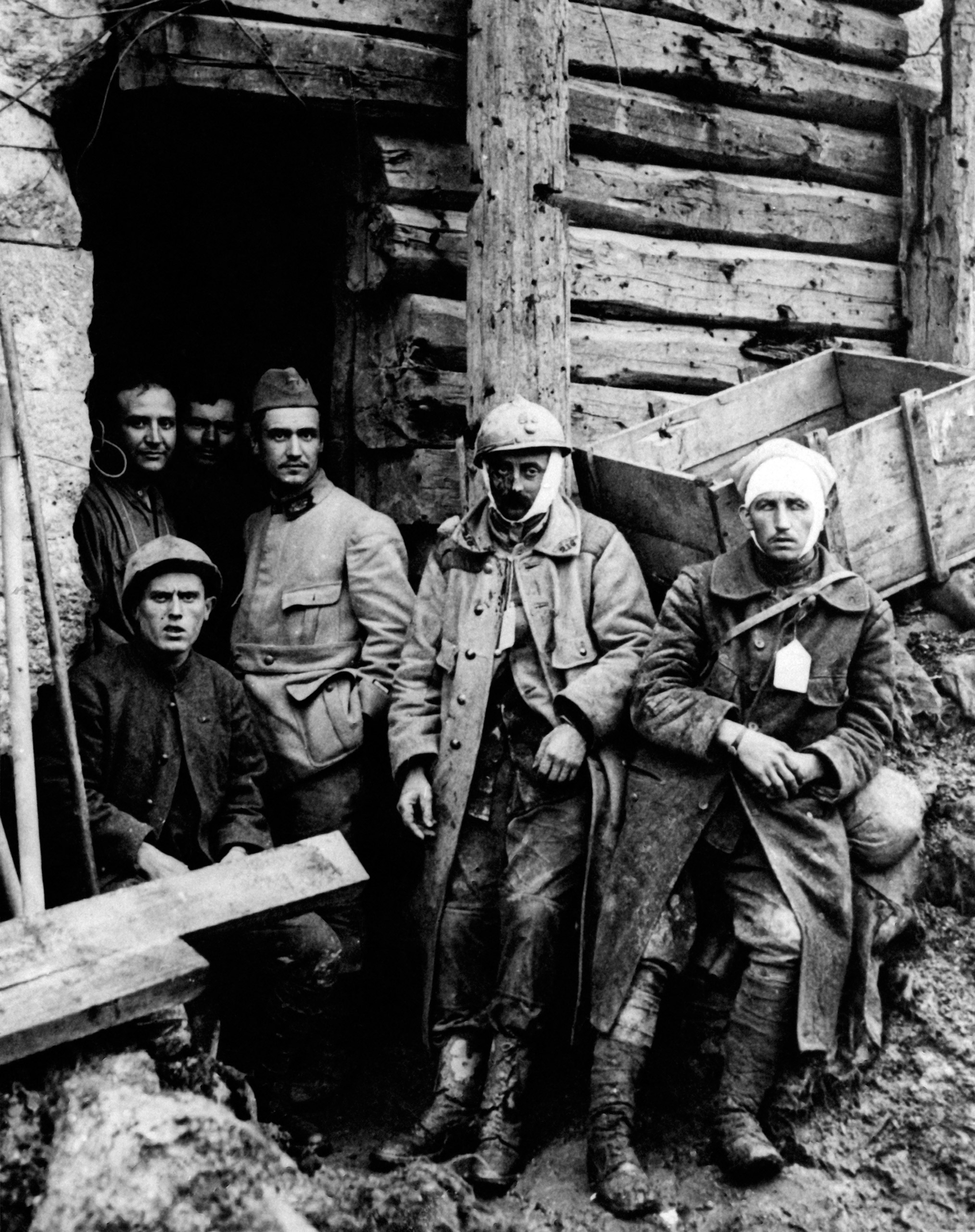
The 10 photographs seen here all bear the same basic place and date information: Verdun, 1916.
But that information hardly does justice to the battle they depict. Fighting began at Verdun, named for the French town that was its focus point, on Feb. 21, 1916. It did not end until Dec. 18, 1916—100 years ago this weekend, after what TIME later called “the crudest ten months of World War I.” By that point, it had become the Great War’s longest fight.
With its strategic location, the German military determined that Verdun would not only be worthy of attack, but that French forces would go to great lengths to defend it. The idea was that France would spend too much effort on that goal, weakening its position and helping the German effort. The idea wasn’t wrong: France was in fact willing to go to extreme lengths to repel the enemy at Verdun, successfully pushing back German advances at great cost. Though some historians have argued that what we call “Verdun” was in fact a series of battles with elements that not only filled 1916 but also stretched before and after that year, the importance of what Verdun means to 20th-century military history is hard to debate.
By Britannica’s estimation, about 300,000 were killed during the course of those brutal months, out of a total of 400,000 French casualties and 350,000 German. The region had also been physically devastated. And, despite its pivotal place in the history of World War I, it ended with the French and German armies in much the same position—at least on a map—that they had held before the whole thing started.
Get your history fix in one place: sign up for the weekly TIME History newsletter
In the years that followed, the word Verdun came to represent carnage and heavy losses.
In 1963, TIME reminded readers of what French president Raymond Poincaré had said: “If Verdun is taken, what a disaster! If it is saved, how can we ever forget the price?”
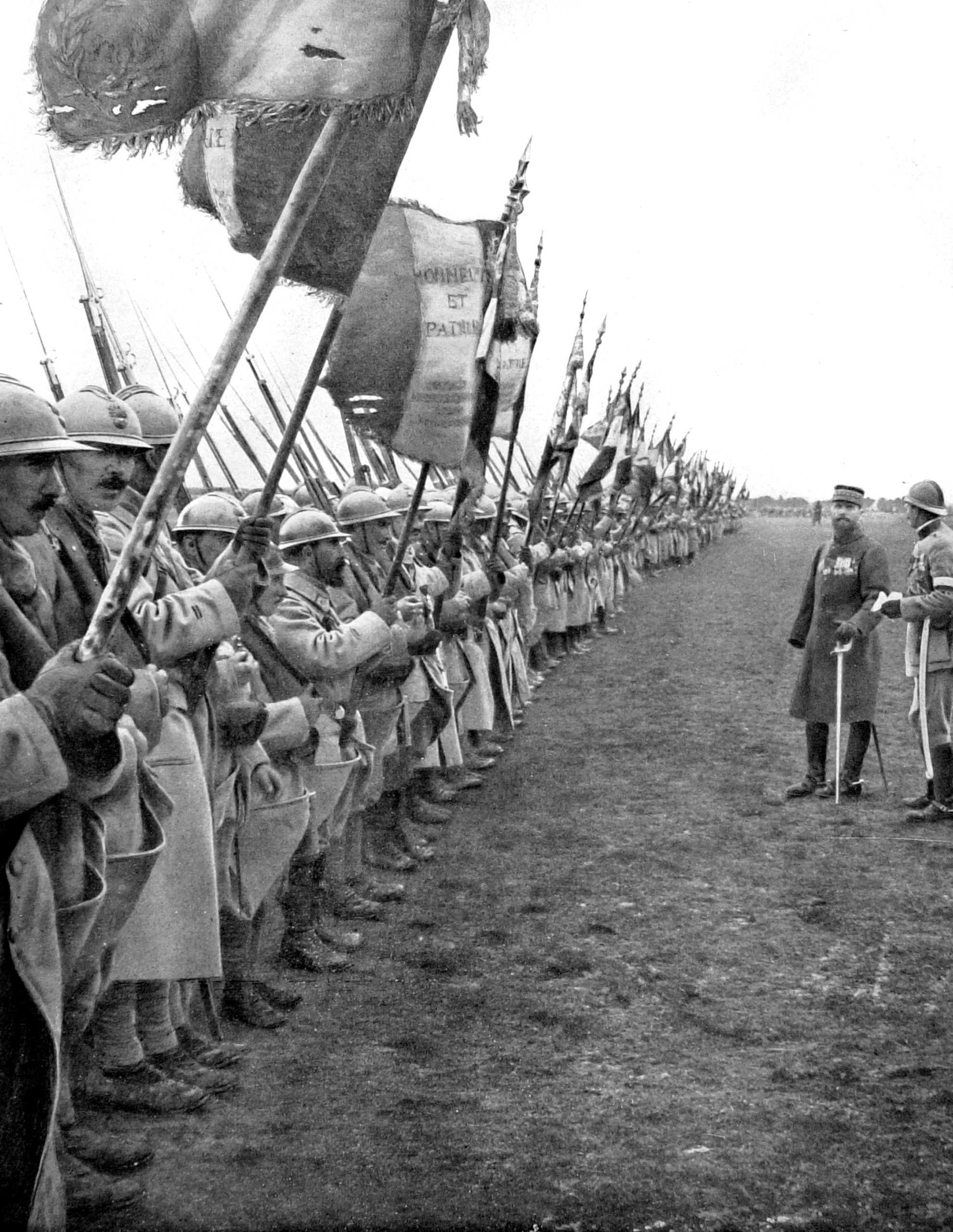
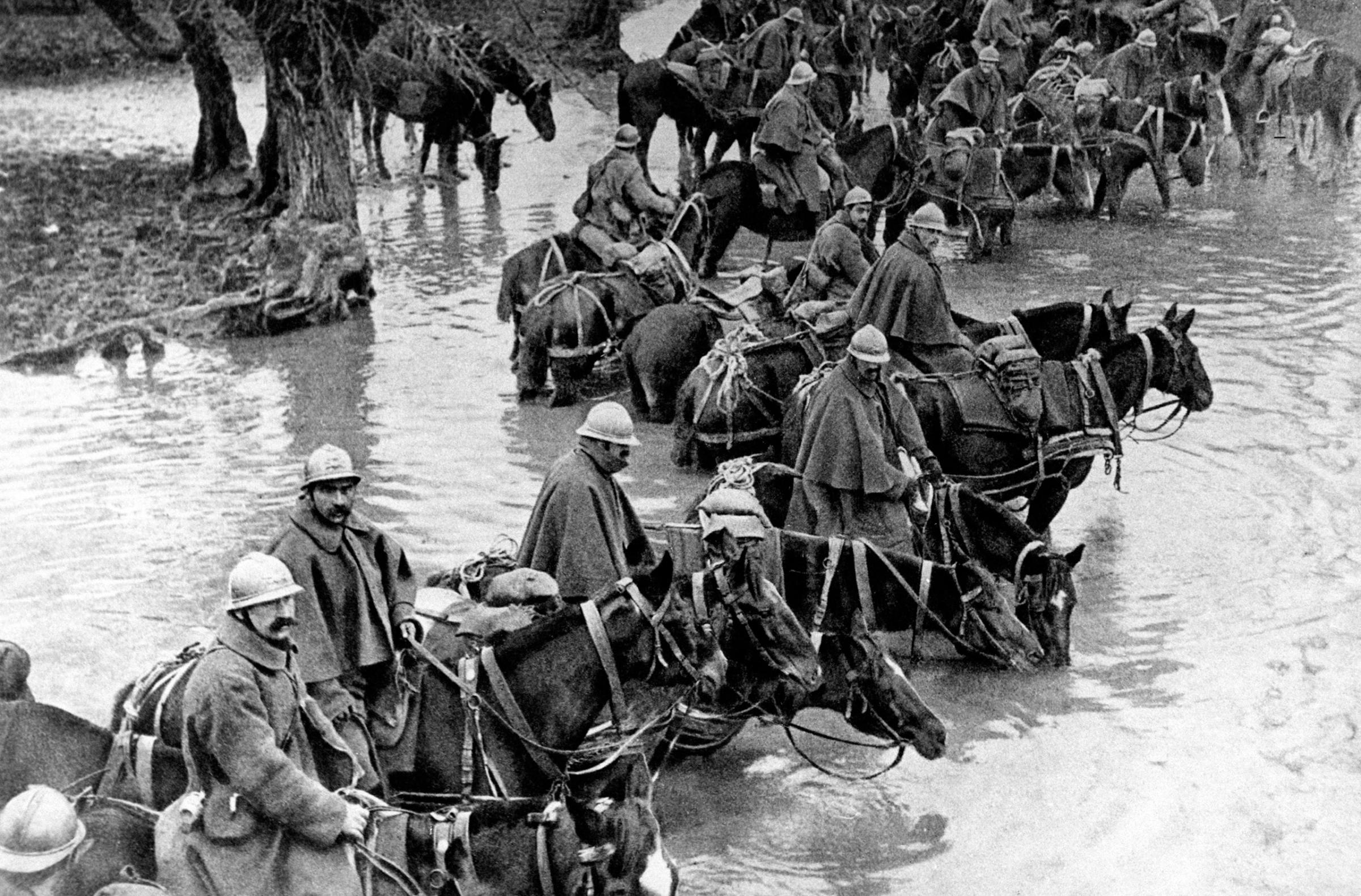
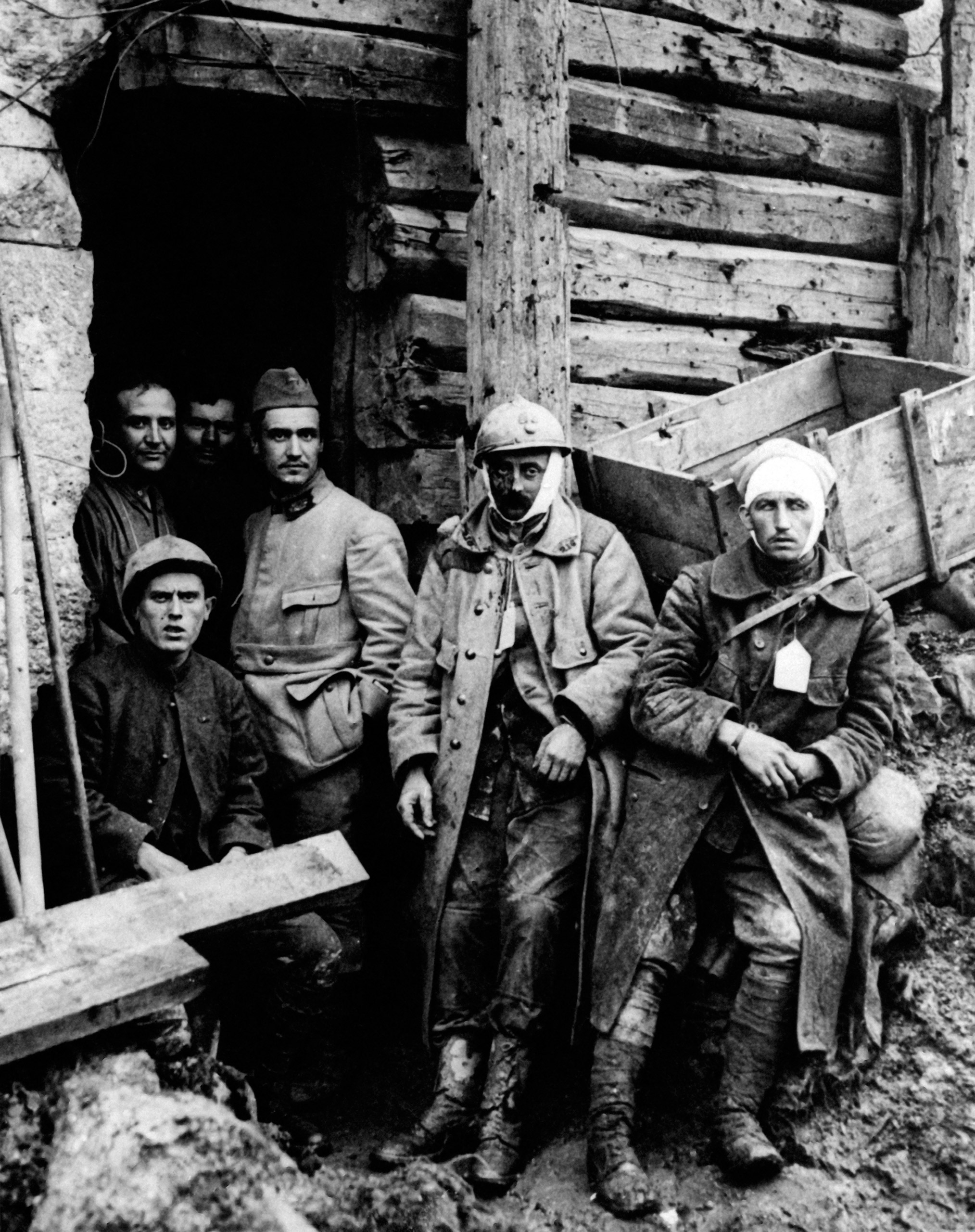
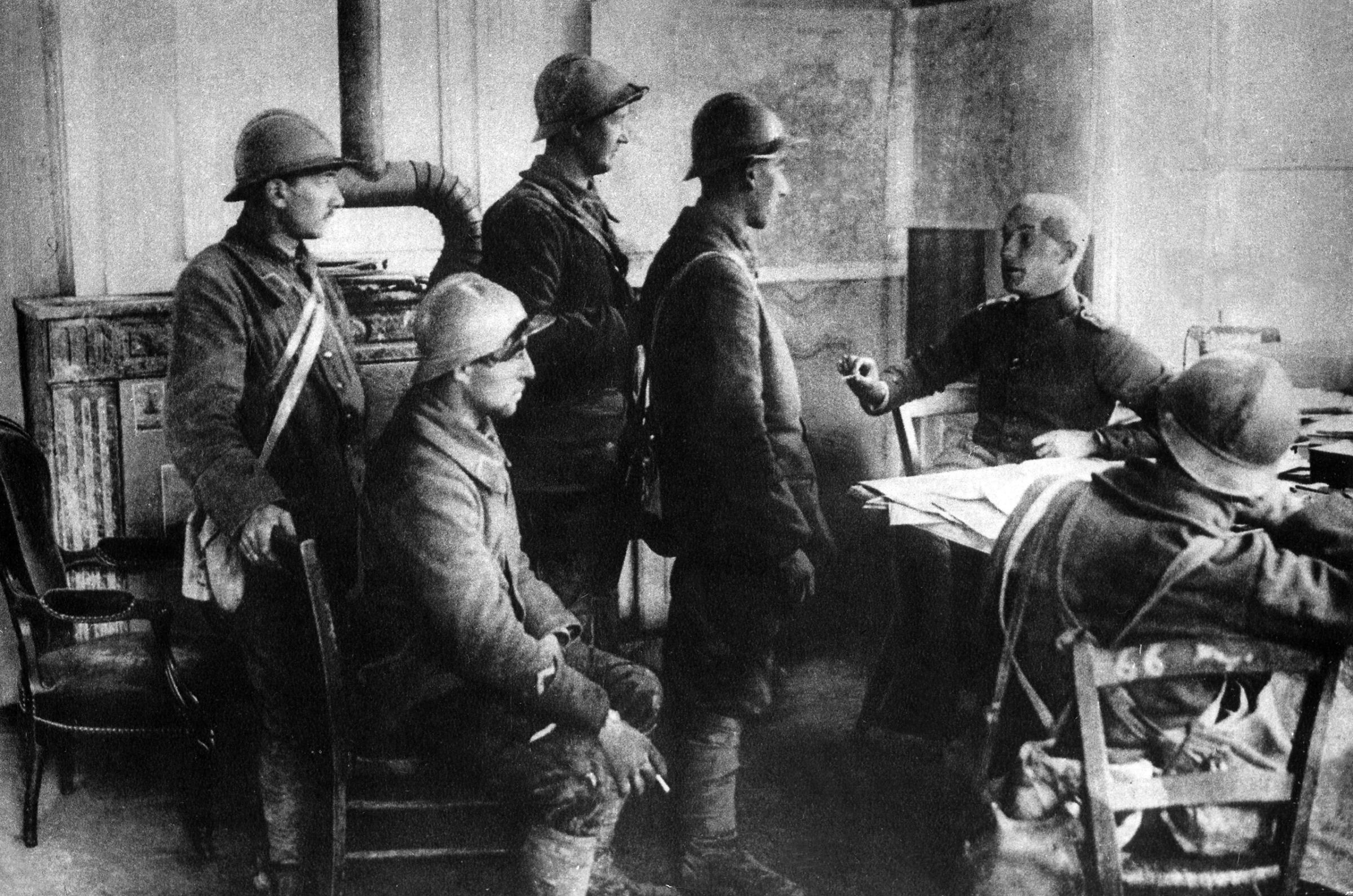
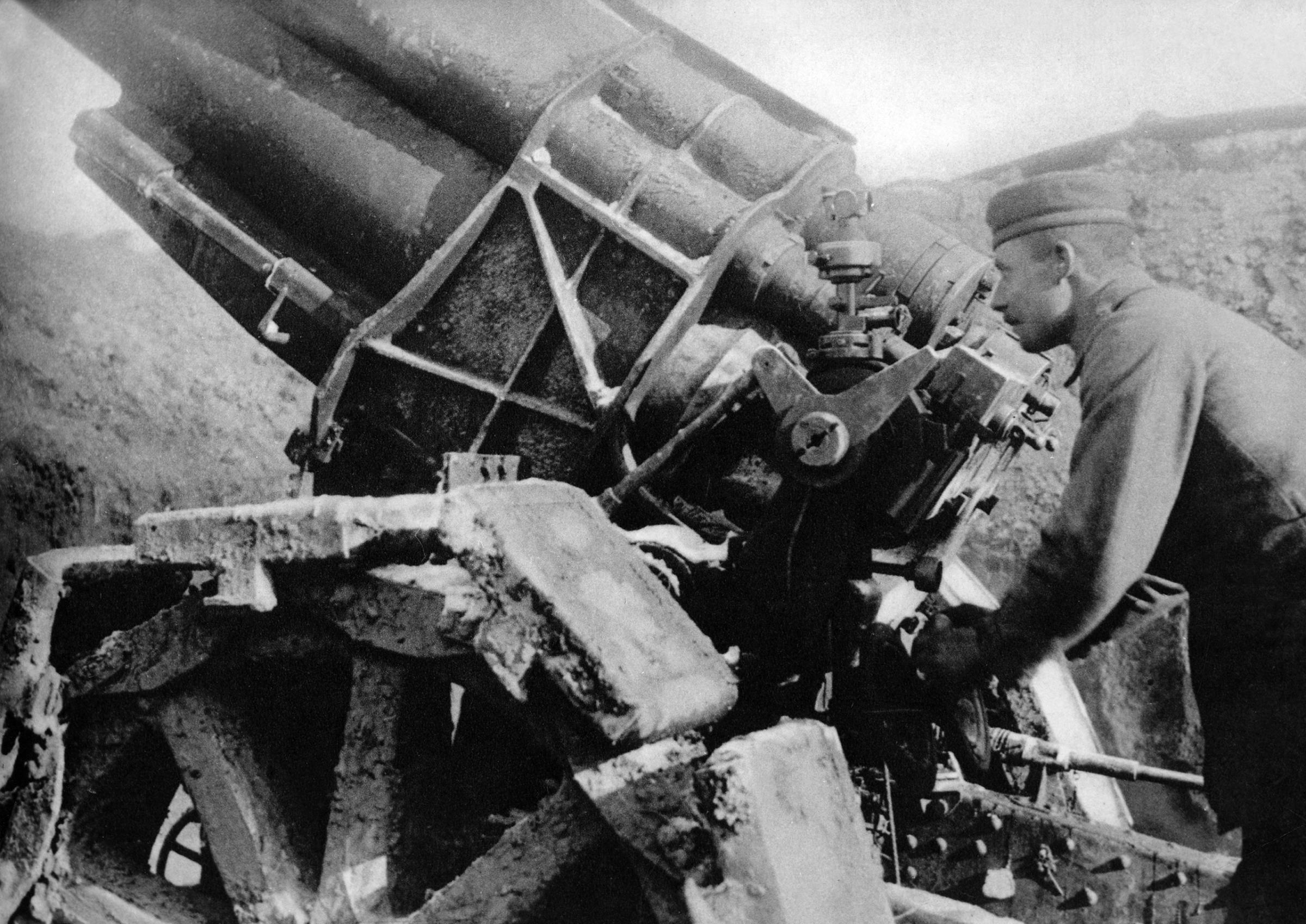
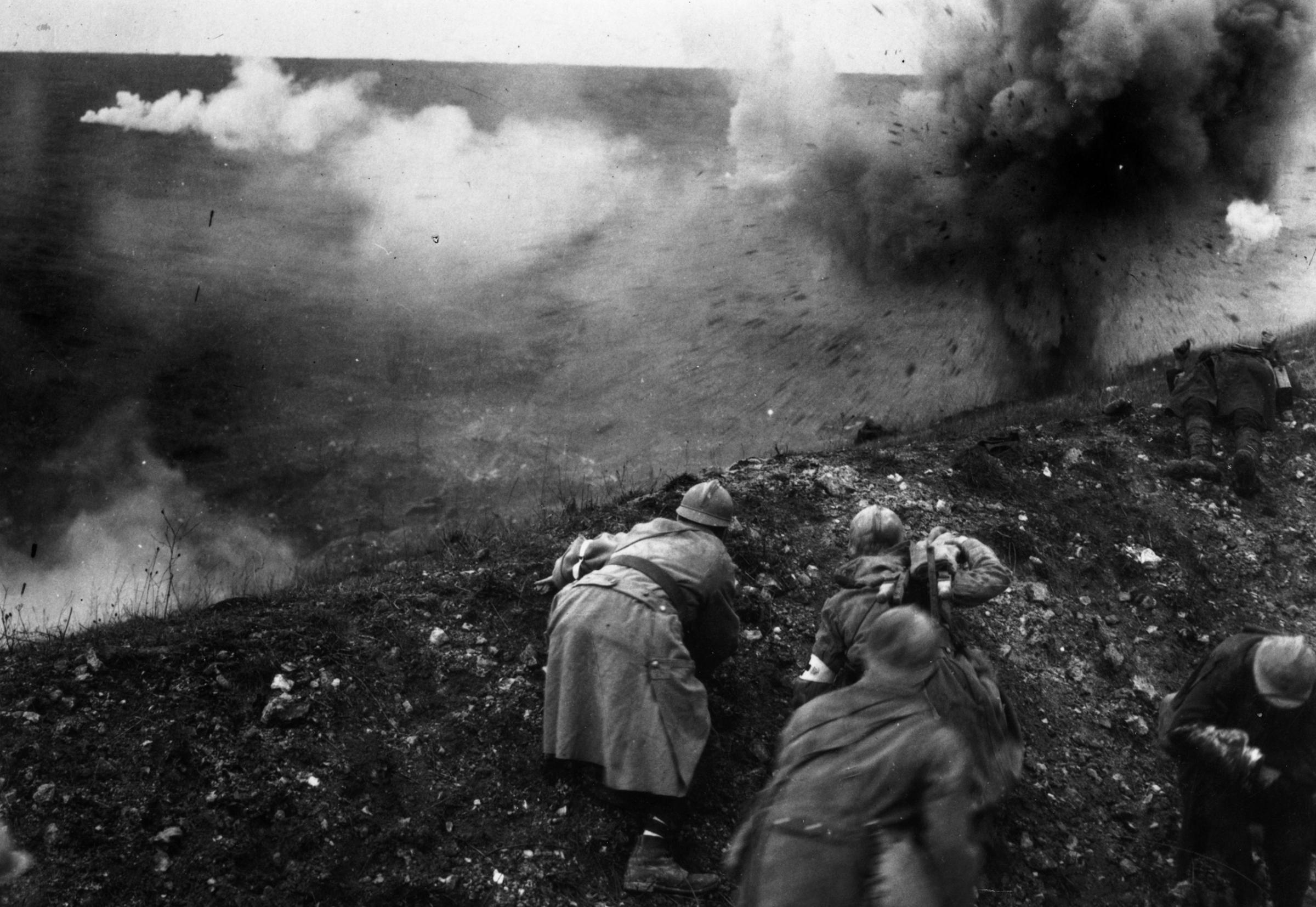
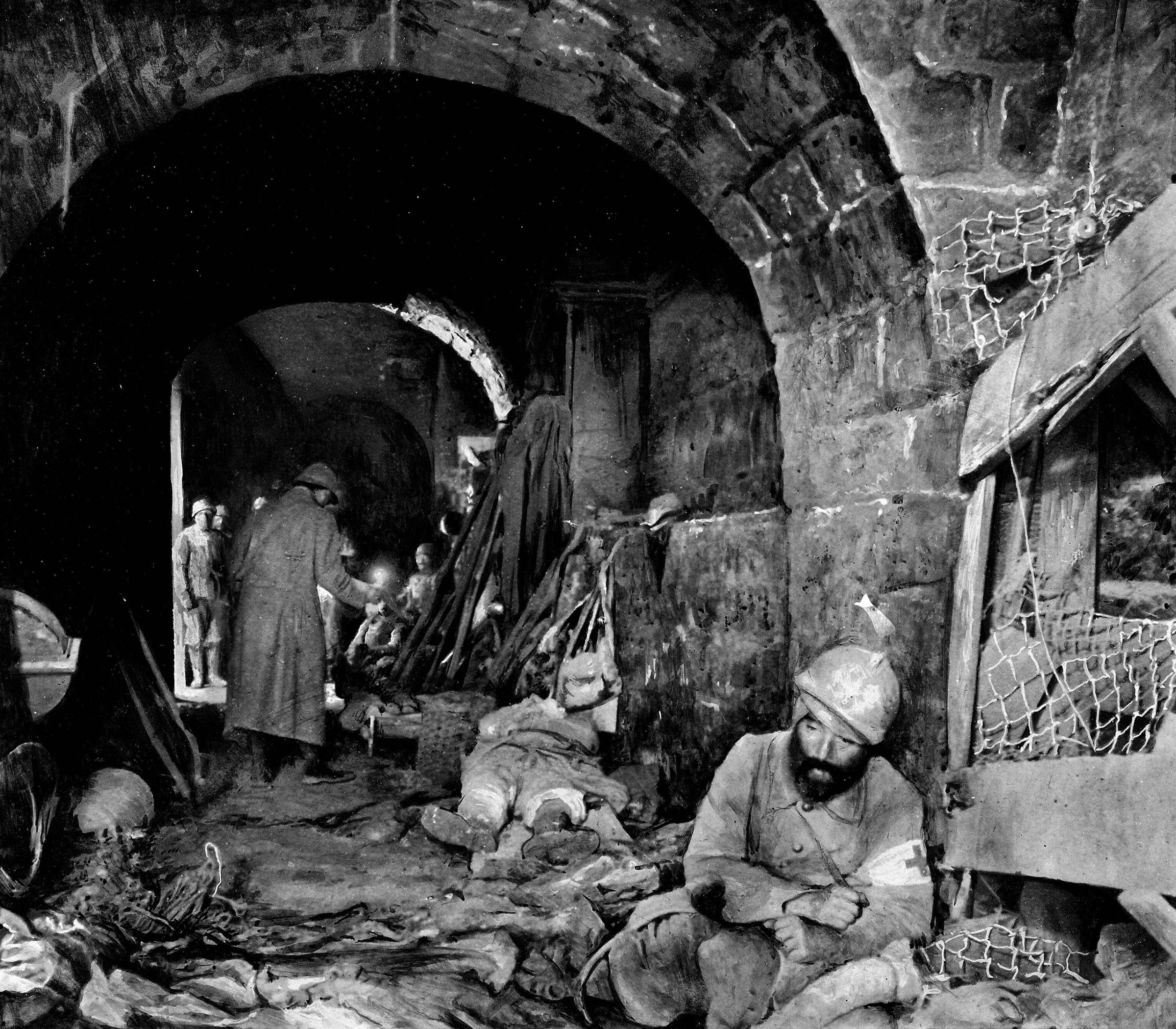
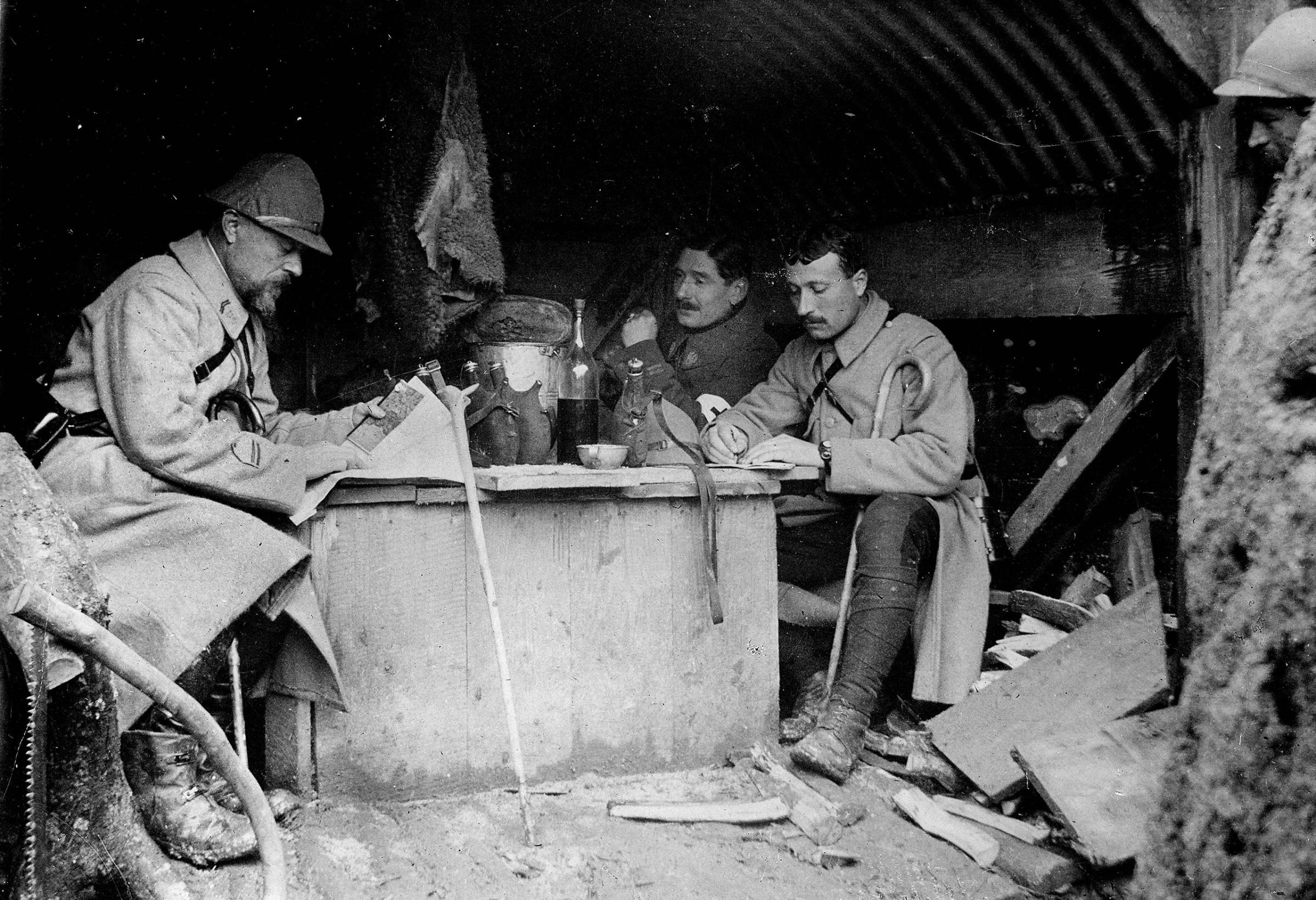
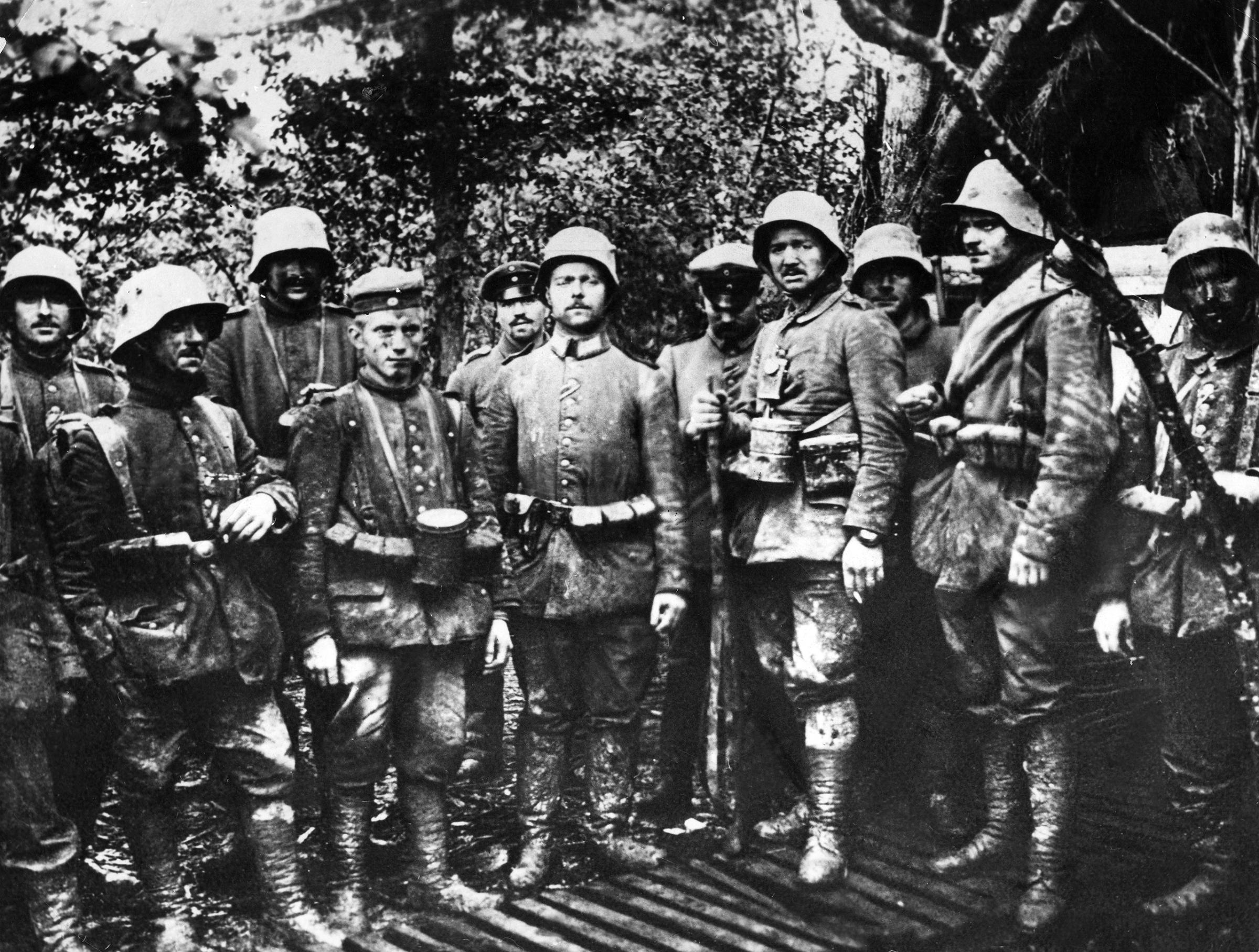
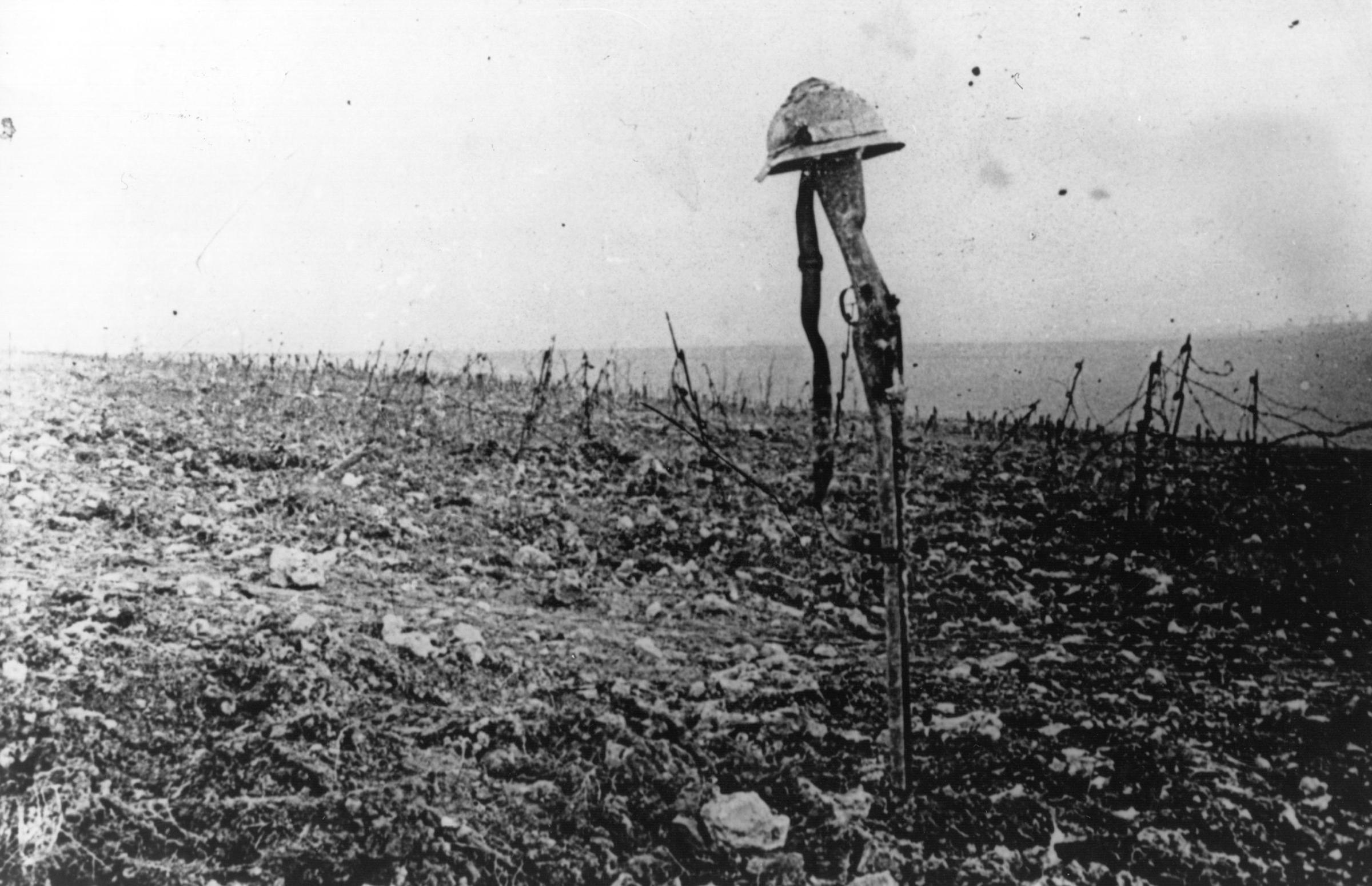
More Must-Reads from TIME
- Breaking Down the 2024 Election Calendar
- How Nayib Bukele’s ‘Iron Fist’ Has Transformed El Salvador
- What if Ultra-Processed Foods Aren’t as Bad as You Think?
- How Ukraine Beat Russia in the Battle of the Black Sea
- Long COVID Looks Different in Kids
- How Project 2025 Would Jeopardize Americans’ Health
- What a $129 Frying Pan Says About America’s Eating Habits
- The 32 Most Anticipated Books of Fall 2024
Write to Lily Rothman at lily.rothman@time.com